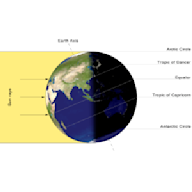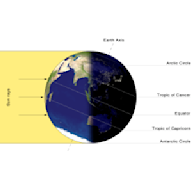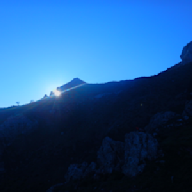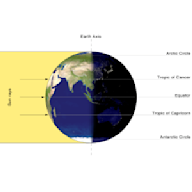Search results
People also ask
When does the summer solstice start?
Where does the sun set on the summer solstice?
What happens during the summer solstice?
Which hemisphere receives more daylight on the summer solstice?
The summer solstice occurs during the hemisphere's summer. In the Northern Hemisphere, this is the June solstice (20, 21 or 22 June) and in the Southern Hemisphere, this is the December solstice (20, 21, 22 or 23 of December). Since prehistory, the summer solstice has been a significant time of year in many cultures, and has been marked by ...
Jun 28, 2024 · Learn about the astronomical and cultural significance of the summer solstice, the longest day of the year in the Northern Hemisphere. Explore how Wiccans celebrate this seasonal event and their religion's origins and history.
- The Editors of Encyclopaedia Britannica
Aug 10, 2017 · Learn about the summer solstice, the longest day of the year in the Northern Hemisphere, and how different cultures and religions have observed it throughout history. Discover the origins, meanings and traditions of Midsummer, Litha, St. John's Day and more.
Sep 26, 2022 · The summer solstice marks the official start of astronomical summer and the longest day of the year. It occurs when one of Earth's poles is tilted toward the sun at its most extreme angle, and due ...
May 17, 2024 · What is the summer solstice, and when does it happen? The longest day of the year falls on either June 20 or 21 every year in the Northern Hemisphere. Here's everything you need to know about the ...
Learn why the summer solstice is the longest day of the year for the Northern Hemisphere and how it affects the seasons, the climate and the cultures. Discover how ancient and modern people have marked this astronomical event with rituals, monuments and traditions.
Learn when the summer solstice occurs in the Northern and Southern Hemisphere in 2024, and how it affects the length of days and nights. Find out about alternative definitions of summer, seasonal lag, and summer traditions and folklore.





